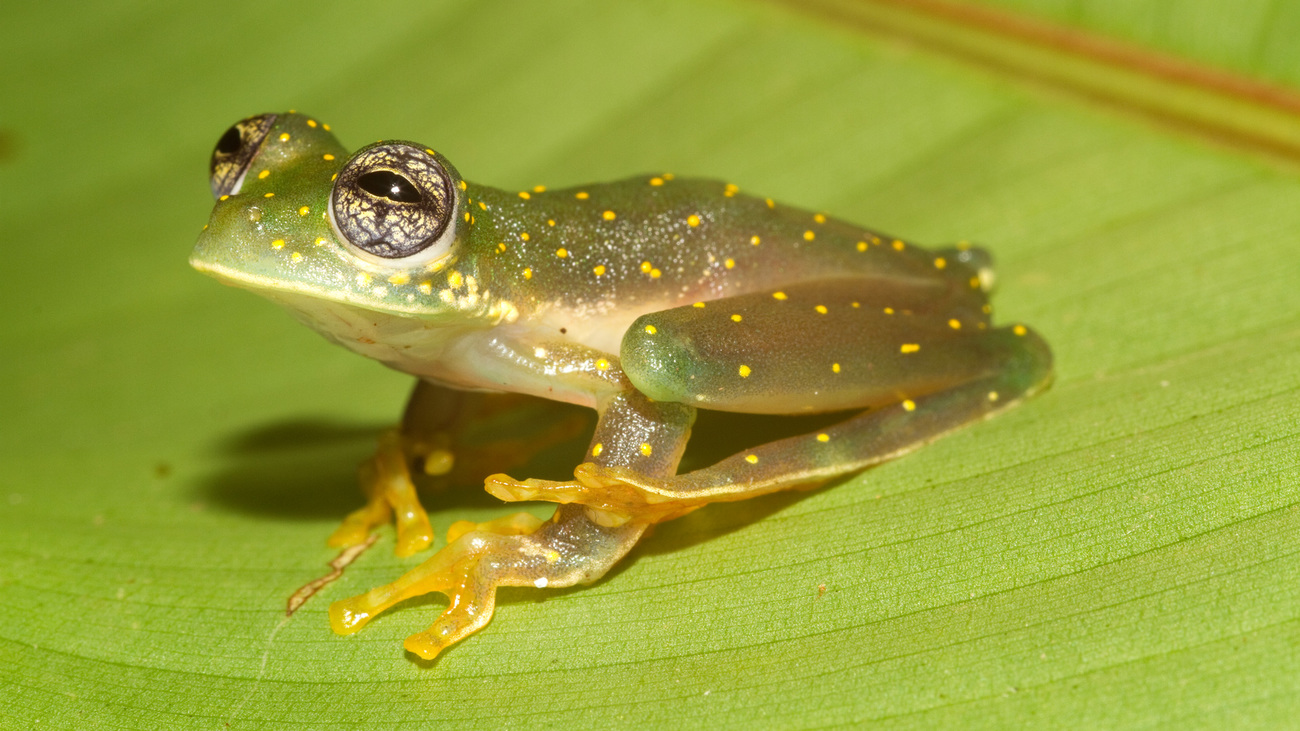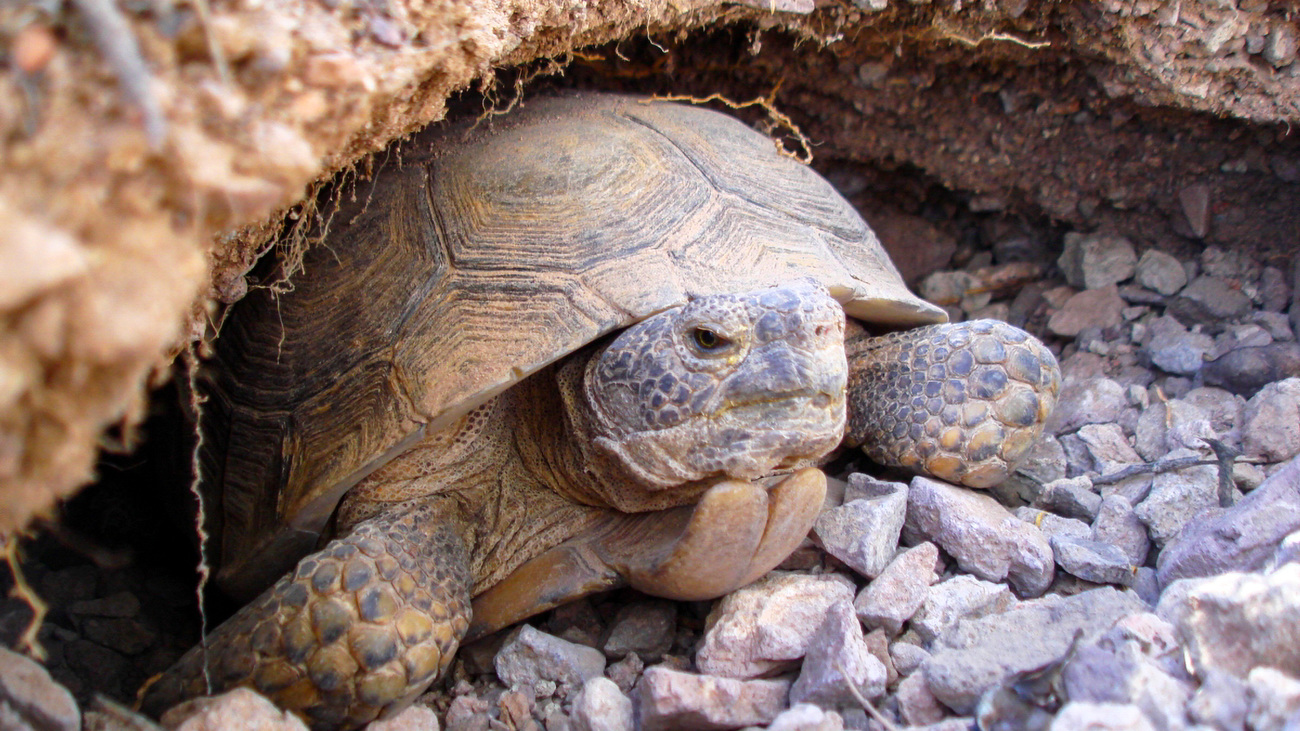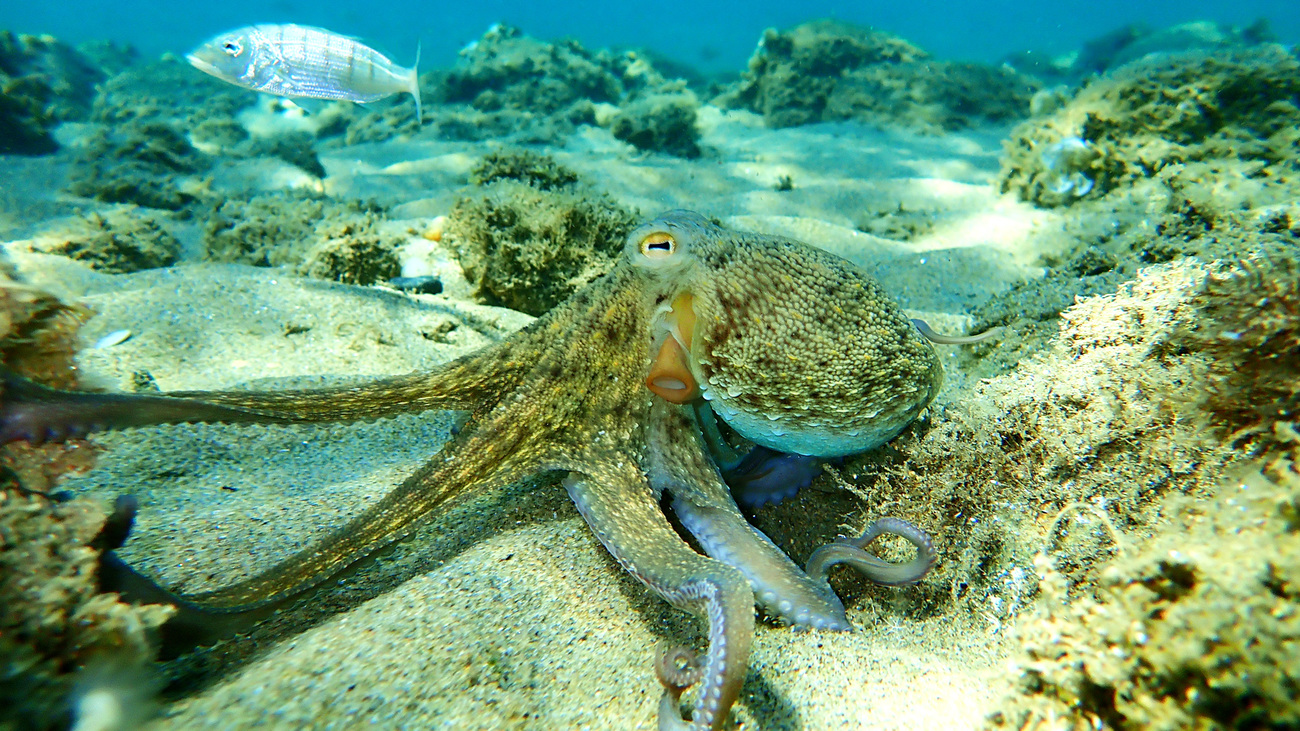Blog
Endangered and threatened animals in South Africa
Read moreThere are several ways to categorize animals: by species, family, geographic region, primary food source, habitat, and more. Another way is by identifying how they regulate their body temperature, as all animals are either cold-blooded or warm-blooded.
But what exactly does cold-blooded mean? And what makes cold-blooded animals different from their warm-blooded counterparts? In this blog, we explore the defining characteristics of cold-blooded animals, how they survive, and some notable examples.

Also called ectothermic or poikilothermic, cold-blooded animals have little or no internal control over their body temperature. Since they can’t generate heat internally, their core temperature is directly linked to the temperature of their environment. As a result, the only way for a cold-blooded animal to change its internal body temperature is to change its environment
When lizards sunbathe on rocks during the day, for example, they are using the warmth of the sun to increase their internal temperature and energy levels. This helps to keep their metabolism and muscles active so they can function normally. Cold-blooded animals also regulate their temperature by burrowing or submerging themselves in water.
Being cold-blooded does not mean these animals’ blood runs cold to the touch. Their internal body temperature is still on the warmer side, though it can dip a few degrees cooler than that of warm-blooded animals.
There are three key differences between cold and warm-blooded animals. Let’s explore these below.

The main difference is that cold-blooded animals can’t control their internal temperature without external heat sources. They are known as thermoconformers and adopt their surrounding temperature as their own body temperature. Basking in the sun, for example, will increase their body temperature while cool shade or burrows will lower it. Some cold-blooded animals also adjust their metabolic rate in response to temperature changes. Many species of snakes, lizards, and insects slow their metabolism significantly during the winter and enter a diapause or torpor state, which is similar to hibernation.
Warm-blooded animals, on the other hand, are thermoregulators, meaning they can maintain their body temperature within a relatively narrow range regardless of external conditions. They have developed complex behaviors to regulate their body temperature, including shivering to generate heat and panting or sweating to cool down.
Typically, cold-blooded animals have a wider range of internal temperatures that they can operate at when compared with warm-blooded animals. A blue-tongued lizard’s body temperature, for example, can fluctuate between 30°C and 37°C (86°F to 98.6°F) and still be healthy.
A human’s body temperature, on the other hand, fluctuates by just one degree Celsius, typically ranging from 36.1°C to 37.2°C (97°F to 99°F). If our temperature rises above this, enzymes start to denature and trigger serious health problems. Similarly, body systems begin to shut down if our internal temperature drops below this.
Cold-blooded animals have lower metabolic rates than warm-blooded animals since they rely on external heat sources to regulate their body temperature. They often reduce their activity levels in colder temperatures to conserve energy until conditions become more favorable.
Warm-blooded animals, on the other hand, typically have far greater energy requirements than cold-blooded ones because they expend large amounts of energy to maintain a constant internal temperature, which requires high metabolic rates. This energy expenditure allows them to remain active and function effectively across a wide range of environmental conditions.
Some of the most common cold-blooded animals include fish, crocodiles, sharks, tortoises, reptiles, insects, frogs, and toads. Cold-blooded animals are incredibly diverse and live in many different habitats, though they are not as widespread as warm-blooded animals.

Fish—with a few exceptions we’ll come to in a moment—are cold-blooded. Their internal temperature is determined by where they live and how warm or cold the water in their local ecosystem is. They can change their internal temperature by swimming closer to the surface to warm up or diving deeper to cool off.
However, scientists have recently discovered a new warm-blooded fish—the opah, or moonfish. The opah’s internal temperature doesn’t reach the heights of other warm-blood species like birds or mammals but warm blood does circulate around its body. Tuna and swordfish are also warm-blooded fish.
Except for five shark species within the Lamnidae family—including great white sharks—all sharks are cold-blooded. For most shark species, their body temperature adjusts according to the environment in which they swim, meaning they become warmer when swimming in warm waters and colder when swimming in cool waters. Sharks have been known to use water currents—which are often warmer or cooler than the surrounding water—to raise or lower their body temperature. They also tend to swim slower in colder waters to preserve energy and migrate to hotter waters during winter to stay warm.
Sharks also have a unique organ called the ampullae of Lorenzini which helps them detect changes in the water temperature through electro-sensory organs on their heads. This allows them to predict if and when they need to change their environment to maintain their body temperature. These adaptations allow sharks to live everywhere, from Arctic regions to tropical reefs.
Frogs are cold-blooded, as are all amphibians, including toads, newts, and salamanders. There are over 8,000 known species of amphibians, all of which are cold-blooded.
A unique species known as the wood frog is ‘frozen alive’ during the winter. Ice forms around their internal organs and settles between their skin and muscles, and their heart and breathing stop too. However, they release special chemicals that act like antifreeze within their bodies to prevent ice from forming inside their cells, allowing them to wake up again when the freeze passes.
Being reptiles, almost all lizards are cold-blooded. This includes komodo dragons, monitor lizards, and geckos.
Lizards are famous for sunning themselves on rocks to increase their body temperature, absorbing both the heat from the sun and the warmth from the surface below. They also flatten their bodies to increase the surface area that is touching the rock and exposed to the sun. To cool down, they slip underground or into shady spots. Some lizards can alter the color of their scales to reflect (rather than absorb) sunlight.
Alligators are reptiles, which means that they too are cold-blooded. The same is true for their cousins, crocodiles.
Like other reptiles, alligators lie in the sun to warm themselves, which is why they’re often found on riverbanks instead of in the water. They also dig heat-trapping holes in the mud to use as shelter and keep themselves warm.
All insects are cold-blooded, including honeybees. To keep their hives warm, bees seal cracks with propolis—a resin-like material made by bees from the buds of poplar and cone-bearing trees—and swarm together to generate body heat. In the summer, they cool the hive by collecting water, lining up around the hive entrance, and fanning the water into the hive where it evaporates and cools the air.
All other invertebrates are cold-blooded, too, including spiders, which form sun-facing webs in the summer and find shelter in warm nooks and cracks in the winter to stay warm.

Both turtles and tortoises are cold-blooded. As they cannot control their body temperature internally, they adopt that of their environment, which can have dire consequences. If they get too cold, sea turtles can become ‘cold stunned’, making them lethargic and unable to swim. When this happens, turtles float to the surface and are left vulnerable to predators and vessel strikes, or they can succumb to the shock and die.
Snakes are cold-blooded animals that rely on their environment to stay warm. This is why the Amazon rainforest is home to the largest number of snakes, and why no snakes can be found in Antarctica, Iceland, Ireland, Greenland, or New Zealand where it is—or has historically been—simply too cold.
Snake species that live in habitats where temperatures drop dangerously low in the winter go into brumation. Similar to hibernation, this means they rest for extended periods (a few weeks to a few months), though they don’t become completely inactive. They need to drink during this time and will venture out of their niches to bask in the sun if temperatures increase for a day or two, before returning to their hiding spot.
Cold-blooded animals offer a fascinating glimpse into the diversity of nature. From reptiles and amphibians to fish and insects, their reliance on external temperatures has shaped unique adaptations and behaviors. Understanding these animals provides insight into ecosystem balance and the unique roles all animals play in their environments.
Here at IFAW, we work to protect all animals. Whether warm or cold-blooded, all species are worthy of rescue and conservation efforts, particularly as they face threats from climate change, habitat loss, and wildlife crime.
Our work can’t get done without you. Please give what you can to help animals thrive.
Unfortunately, the browser you use is outdated and does not allow you to display the site correctly. Please install any of the modern browsers, for example:
Google Chrome Firefox Safari